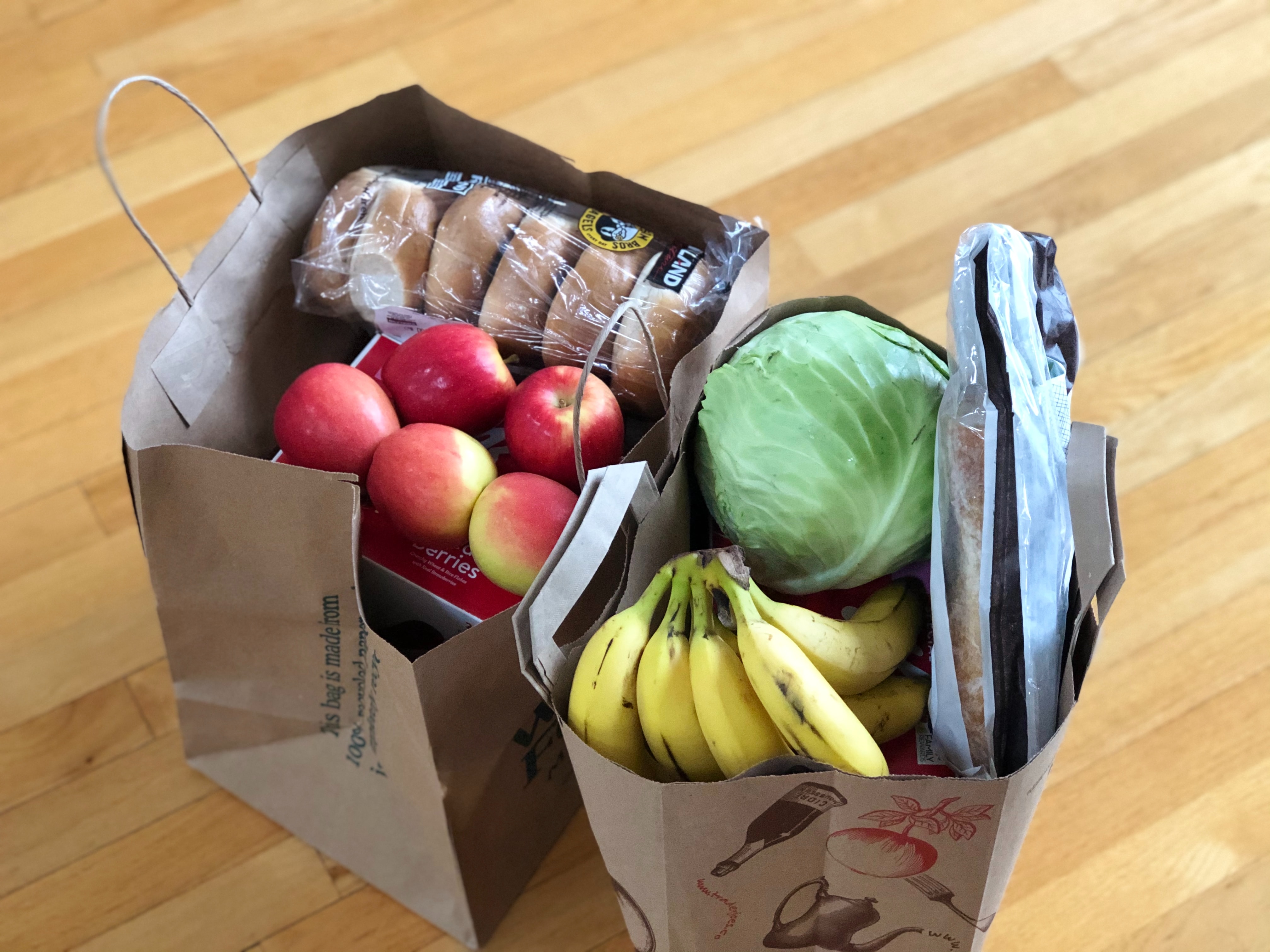News release
From:
Grocery shopping data can be used to give a rapid indicator of socio-economic deprivation. Researchers analysed purchasing patterns for 17 categories of grocery items, bought from Tesco supermarkets in the Greater London area in 2015, and their nutrient content. They found shoppers in areas of higher deprivation bought more water and soft drinks, but less fibrous food and wine. Insights from rapid, real-time measurement of deprivation can inform policies to improve our society, the authors say.



 International
International



